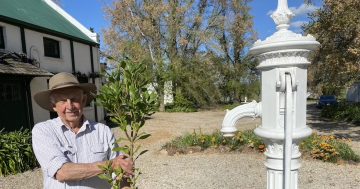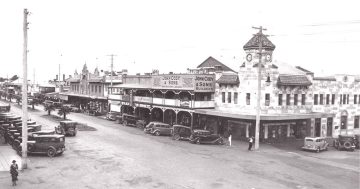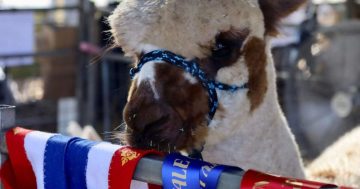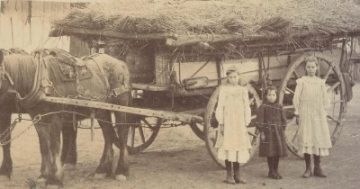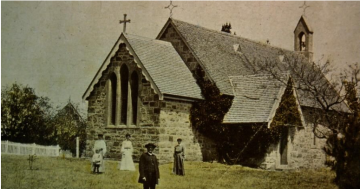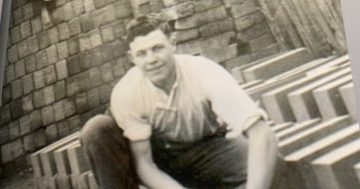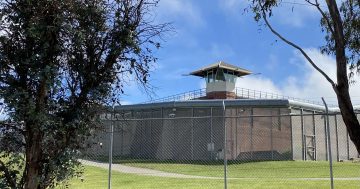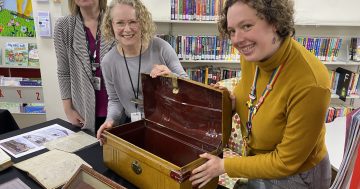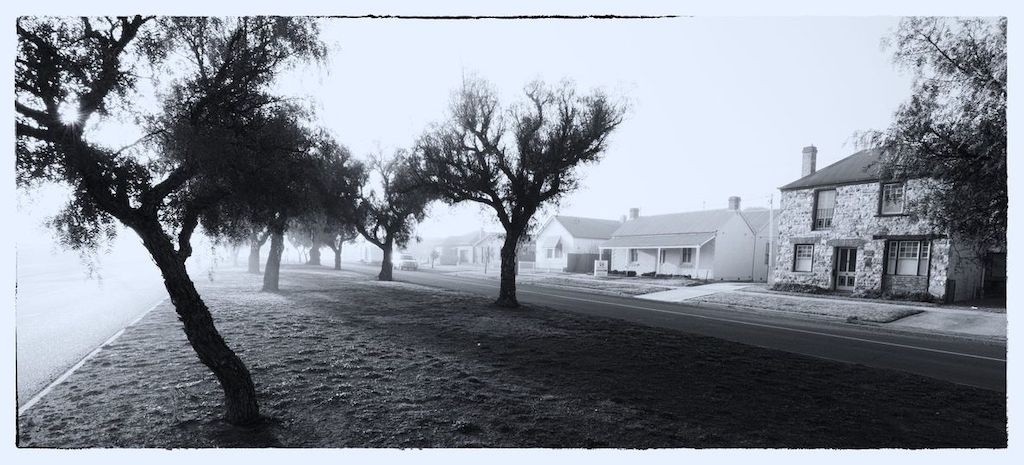
Once part of the Great South Road, Grafton Street, Goulburn, still evokes the city’s illustrious history. Photo: DTC Photography.
Researching their family’s history inevitably leads an exceptional number of people to Goulburn, underlining the city’s past as a colonial transport hub outside of Sydney.
A volunteer historian, Roger Bayley, who attends History Goulburn’s research centre on Saturday and Sundays, notices many of the visitors’ Northern Territory or Queensland number plates and learns they have organised holidays around their research. “It’s usually grey nomads and they will go to every town that their ancestors had a link to, Goulburn being one of them,” Roger said.
“Goulburn was the transport hub of colonial NSW,” he said. “Even before you had the arrival of rail, you had a network of roads. If you look at an old map of Australia as it was known in colonial times, you see the roads radiate from Goulburn like a spider’s web, like spokes in a wheel – they go in all directions,” he said.
The road from Sydney to Goulburn crossing the Great Dividing Range was easier going than other routes inland. “If you wanted to transport a mob of cattle from Sydney, you had to either cross the Hawkesbury River to the north which didn’t have a bridge, so you had to pay a fee to transport every single head of sheep or cattle across the ferry,” Roger said.
“Or if you went across the Blue Mountains you had to pay a toll for every head of stock that went through the toll gates at Mount York and it was a very dangerous road, and impossible to transport drays and wagons down Mount York,” he said.
“Anyone from Bathurst actually found it easier to come through Goulburn to go to Sydney than across the Blue Mountains if they had large drays and wagons,” he said. “The Blue Mountains was only for horsemen and people on foot.”
As the colony spread out beyond Goulburn to the Monaro Plains, and later Gippsland, settlers still came through Goulburn with their sheep and cattle. The Gibsons of Tirranna and Bradleys, and people like them pushed further south, ultimately to Melbourne and soon after to Adelaide.
“The stock were marshalled at Goulburn – horses, cattle, sheep, goats, geese, anything at all and they (new settlers) had to employ stockmen to drive the stock,” he said.
Roger and fellow historian Garry White said the roving settlers often had the backing of wealthy people living in Sydney. Gold rushes brought more travellers through Goulburn taking stock to feed miners on the diggings around Bathurst.
“They reckon the Chinese arrived before the miners did out on the Abercrombie, they opened little eateries,” Garry said.
Meanwhile, Goulburn continued to expand, with Jewish businessmen adding to the commercial centre of town, as the second and third eldest sons of settlers, who would not inherit the family farm pushed further into new frontiers. “Eventually they were travelling to the other side of the country,” Roger said.
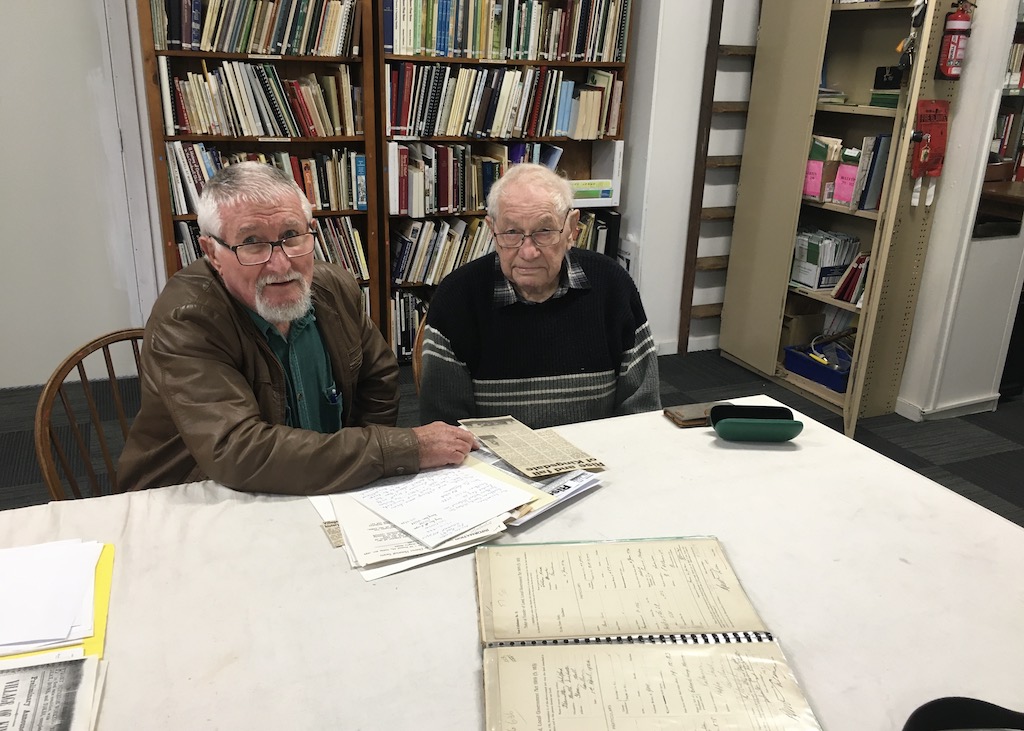
Historians Roger Bayley and Garry White recount the epic overland cattle drives by the Duracks and MacDonald brothers who set out with other pioneers when Goulburn was the transport hub of colonial NSW. Photo: John Thistleton.
“They had the coach factories in Goulburn, and the wheelwrights that made the wheels for the wagons,” Roger said.
Goulburn’s historical origins regularly surprise people. “A lot of them are gobsmacked when they get to Goulburn about the history and architecture in the city,” he said.
New owners of historic homes that they have turned into Airbnbs also come calling for historical records.
The interest in Goulburn people and places is keeping the local team of eight researchers busy finding links to families. Their records include old council documents with the original transactions and rate books going back to the 1860s.
“When the council shifted from the Town Hall to the Civic Centre, they started throwing a lot of stuff out,” Garry said. “Jenny Humphries was there at the time and decided to rescue the records. They were all put in one of the cells at the old police station,” he said.

Old homes in Goulburn bring curious researchers into History Goulburn to find records that are not always online. Photo: DTC Photography.
House sales from 1910 and 1930 are set out on a transaction sheet showing seller and buyer, size of the land, local, lot and section number, the price paid and whether a building sat on the land.
“A lot of people come here, they have done their research online, they have been to Ancestory.com and the other genealogy sites and Trove, and they have come to a dead end,” Roger said. “They come here and sometimes they go out with an armful of stuff because we have so much that is not online,” Roger said.







